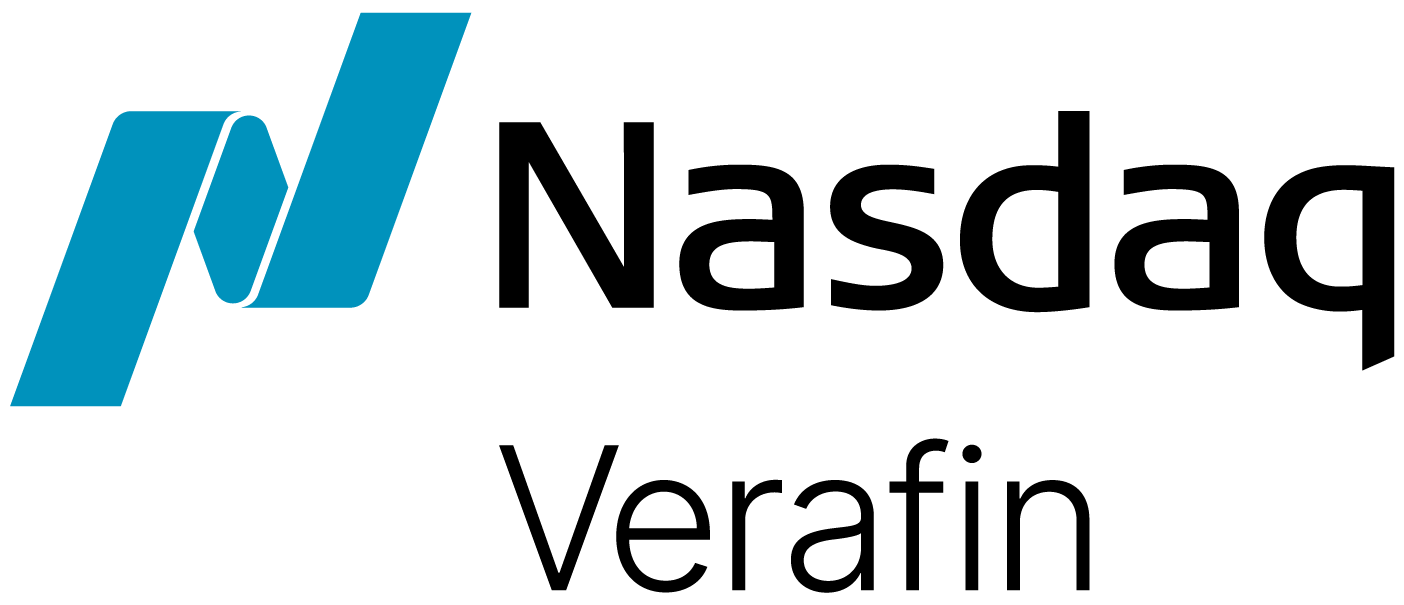Artificial intelligence (AI) is among today’s hottest topics, but as Generative AI (GenAI) garners much of the mainstream attention, the term AI has become increasingly ubiquitous — and ambiguous in its meaning.
For banks’ anti-financial crime efforts, understanding the breadth of AI technologies available and benefits for various use cases is key to addressing rising operational costs and evolving criminal activity in today’s complex financial crime and regulatory landscape. This is particularly so as 70% of anti-financial professionals said their institutions are planning to increase investment in AI technology for financial crime management in the next one to two years.
Working alongside banks at the forefront of fighting financial crime for decades, Nasdaq Verafin has developed deep domain expertise and experience in applying the right AI technology and data approaches to address the complex needs of banks’ anti-financial crime programs.
Three Categories of AI
There are generally three broad categories of techniques and technologies we consider, with different applications for financial crime management: expert systems, machine learning with big data, and automation with generative AI.
Expert Systems are AI programs that replicate real-world decisioning and human behavior by encoding the domain expertise from human inputs into models. With the application of Bayesian Belief Networks to these systems, advanced expert models can be developed that take a probabilistic or reasoning approach. As opposed to simple if-then type analysis, these expert models can produce an overall probability or belief about financial crime risk, based on the combinations and degrees of evidence that are present — similar to how an expert investigator would think. This approach is particularly powerful for assessing the risk associated with specific financial crime typologies; a Bayesian Belief Network can represent the various indicators (such as red flags), and criteria that have been recommended by industry experts. This is why Nasdaq Verafin has used Bayesian Belief Networks in our AML/CFT analytics for more than 20 years. This AI technique risk-rates activity based on dozens of factors, more effectively isolating truly suspicious activity while greatly reducing false positive alerts.
Machine Learning approaches can outperform other techniques when there is a significant data set to support the model. Unlike expert systems that are built from human input, machine learning models learn from training data to make predictions. Two examples of machine learning are unsupervised learning that looks for patterns in unlabeled data, and supervised machine learning that learns from labeled data sets.
Supervised machine learning models are especially powerful for fraud detection, where immense data sets of labeled true positives are available in rich data. By deploying this approach across our consortium data set in the Cloud, Nasdaq Verafin is training machine learning analytics on millions of examples of fraud to develop payments fraud solutions that significantly improve detection with vastly fewer false positives.
There are many innovative technologies, including GenAI, that can be integrated into workflows to automate tasks and provide assistive functionality to users. Robotic Process Automation (RPA) for example, has been used for years to autonomously replicate human actions in executing repetitive, procedural tasks. Today’s advanced GenAI systems are underpinned by large language models (LLMs) that leverage the latest advancements in machine learning to consider vast amounts of information and generate new information in response to user prompts. GenAI systems can contextualize language inputs and perform related tasks with more human-like outputs — making them ideal for user assistance and automation in collecting, generating, and summarizing information.
With significant use cases for automation across financial crime management processes, multiple technologies acting in concert are needed to ensure optimal efficiency for fraud and compliance teams. Nasdaq Verafin applies GenAI and other automation techniques based on the various use cases and specific challenges that each technology is best suited to address.
Applying AI to Financial Crime Management
With so many potential benefits for fighting crime, it’s no wonder that banks are investing in AI. Nasdaq Verafin’s experience and expertise in applying AI technologies, powered by big data, enables banks to increase the efficiency of daily compliance processes and improve the effectiveness of their anti-financial crime efforts.
Increased Efficiency Through Automation
When AI automation technologies such as GenAI are integrated directly into financial crime management solutions, banks can automate tasks and workflows across alert triage, investigation, due diligence, and compliance processes to ease the burden of manual and repetitive work. With up to a third of all investigative tasks being related to customer interactions and relationships, one of the primary use cases for banks in applying these technologies is automating research and documentation on entities and counterparties.
Banks should also consider how AI techniques can optimize workflows based on their level of complexity. Automating processes for more complex activities may require additional checks and balances, but workflows that are more straightforward, such as filing Suspicious Activity Reports on routine cash structuring activity, could be fully automated.
With the significant time savings and cost reduction possible by applying AI technologies for automation, banks can redirect resources and investment, and focus on higher-value activities that improve the effectiveness of anti-financial crime efforts.
Improved Effectiveness with Targeted Analytics
Banks can avail of technology that goes beyond conventional transaction monitoring and rules-based systems that generate a large volume of false positive alerts. For higher-quality results with fewer false positives, banks should consider implementing AI expert systems and machine learning models for targeted analytics based on financial crime typologies. Typology-specific monitoring, powered by AI, analyzes a range of behavioral, transactional, third-party and other data to look for patterns of activity, outperforming broad monitoring approaches for more effective detection of criminal activity, such as human trafficking, elder financial exploitation, and drug trafficking. When powered by a cloud-based, big dataset, these AI techniques deliver context-rich insights for enhanced detection, improved investigations and enriched reporting to law enforcement.
With decades of experience and deep domain expertise, Nasdaq Verafin is a trusted partner to financial institutions in applying AI technology to increase efficiency and improve effectiveness of their anti-financial crime programs. As financial crimes continue to evolve, and the regulatory landscape grows in complexity, innovating with AI is key to help banks overcome the limitations of legacy approaches and enable a step change in fraud prevention and AML/CFT capabilities.
About the Author:
ROB NORRIS
Vice President, Product Management & Strategy, Nasdaq Verafin
With more than 16 years of experience at Nasdaq Verafin, Rob brings a wealth of knowledge and experience to his leadership role spearheading Nasdaq Verafin’s product management vision and strategic priorities. He has also excelled in numerous other senior roles across the company, including Director of Product Management and Director of Customer Success. An industry expert with a deep understanding of emerging technology and financial crime trends, Rob is passionate about working with teams of engineers, designers, and product managers to solve real problems for Nasdaq Verafin’s customers.



